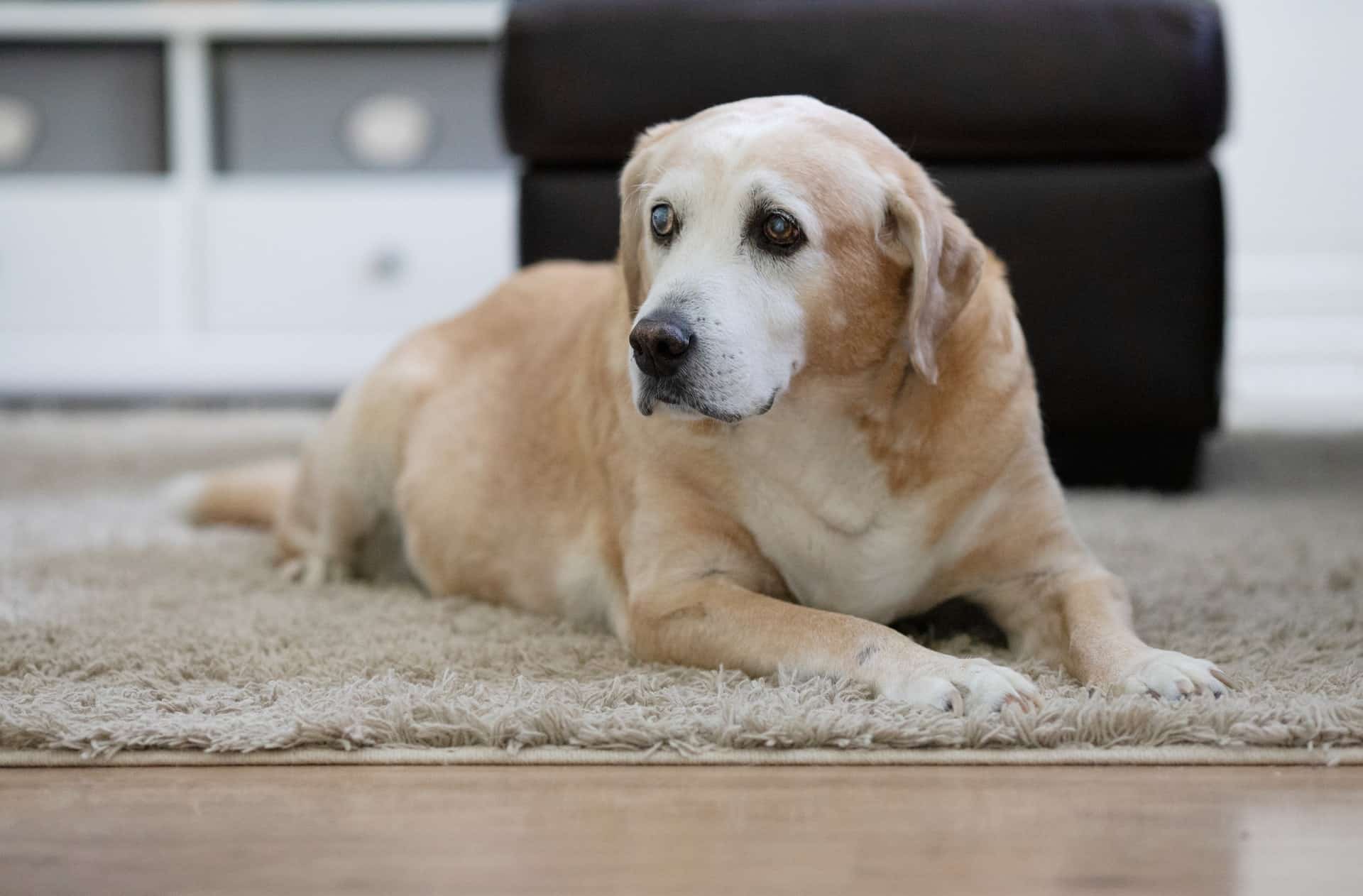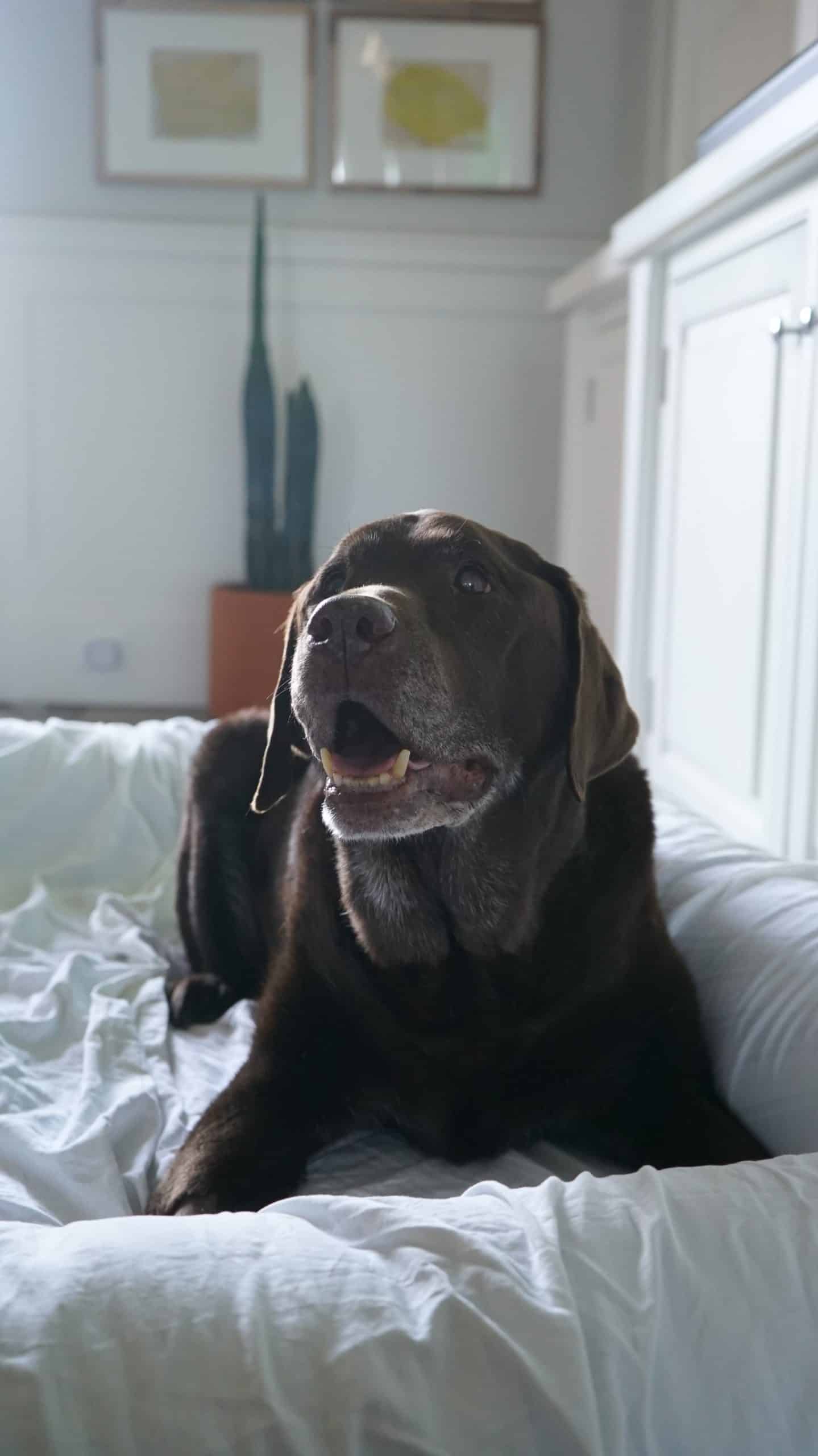Did you know that over 50% of US households have a pet, out of which 44% own dogs, 25% own cats, and 12% own other pets? The same report also reveals that the number of households in the US with a senior dog or cat is rising steadily. According to the study, more than 50% of dog-owning families have a senior dog over the age of 7 years.
Older pets are prone to conditions like joint issues, coronary, cognitive, and immunity-related issues. There are senior-targeted pet products available on pet pharmacies like PetCareRx, which cover the needs and other major concerns of geriatric dogs. Since pet parents are willing to do anything to make life more comfortable for their dogs, brands offer senior products and services for aging dogs that work wonders.
IMAGE: UNSPLASH
Additionally, as the pet ages, the bond between the dog and its parent deepens. This creates an increased willingness on the part of the pet parent to do whatever it takes to keep their dog healthy and happy for as long as it’s possible. If you also have an aging dog in your household, it’s natural to wonder what you can do to make life a bit easier for them.
The standard age varies between breeds and sizes. Pet parents must be on the lookout for the signs of aging and make necessary adjustments to provide the senior dog care they can. Here are the best tips and tricks to take care of an aging dog, which surprisingly are not that complicated.
Maintain An Active Lifestyle
We cannot emphasize enough how important this is for a geriatric dog. As your dog ages, it becomes imperative that he or she continues to exercise aplenty. This is because, for dogs, muscle mass is important for metabolism. Losing muscle mass results in frailty syndrome, accelerating the aging process.
Don’t pass off your dog slowing down due to aging as a normal thing. The gradual decrease in a dog’s activity level could be the sign of something wrong. Look out for subtle signs of pain in your dog, as most often the decrease in activity is indicative of untreated pain.
You can use activity monitors that attach to the collar to keep a tab of the activity levels of the dog. Make adjustments to the routine to include more walks and playtime if the activity level is low. This will also help prevent weight gain and minimize the risk of arthritis or joint issues.
Stay On Top Of Blood Work
Just like humans, aging dogs also need to stay on top of their routine medical checkups. As your dog ages, it’s a good idea to see the vet regularly for a checkup. It’s recommended to get a medical exam done annually or bi-annually. Additionally, it’s also recommended to get the blood work of your dog done every year.
The blood work report will tell you about your senior dog’s white and red blood cell count. Moreover, the report also reveals the liver and kidney function levels to ensure that they are healthy. This is an easy and foolproof way to detect if your geriatric dog is suffering from any kind of disease.
Invest In A Good Dog Bed
As your dog ages, they get more and more susceptible to arthritis and joint issues. These are among some of the most painful conditions for dogs and will require specialized aid. Consider investing in a good-quality orthopedic dog bed or a heated dog bed if your dog already has these issues.
The ortho bed will ensure that your dog has a restful and pain-free sleep, which is important for senior dogs. This will improve the quality of life by increasing mobility and reducing pain. On the other hand, the heated bed will help with stiffness and joint issues. You can also get the best of both worlds by using a heated pad with a thermostat in an orthopedic bed.
Create A Safe Environment
Lastly, making small adjustments to your home to create a safer environment for a senior dog goes a long way. Things like laying down more carpet and rugs around the house to make it easier for the dog to get up and reduce the risk of slipping on hardwood or tile floors.
Other changes may include installing dog ramps in homes, more accessible food and water bowl setup. Moreover, since aging dogs tend to lose their night vision with time, it would also help to install nightlights around their water bowls to make it easier for them to find them.
These are some of the best tips and tricks that will help you ensure that your senior dog is taken care of and leads a happy life in its twilight. A few adjustments in their surroundings are all they need as they age.
IMAGE: UNSPLASH
If you are interested in even more lifestyle-related articles and information from us here at Bit Rebels, then we have a lot to choose from.


COMMENTS